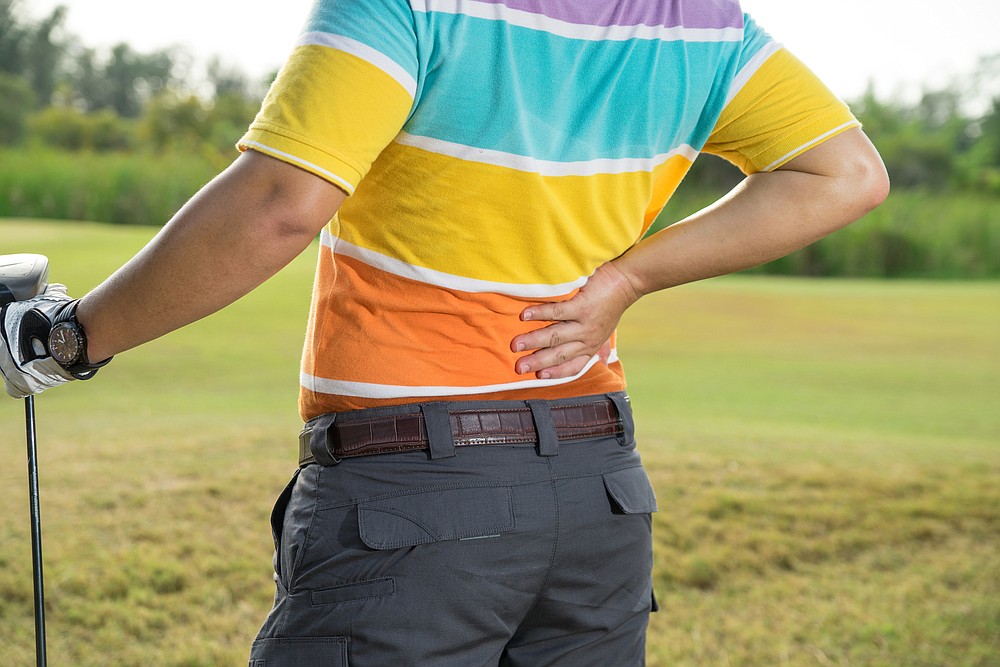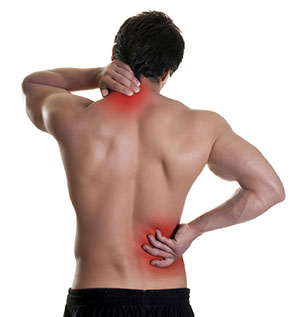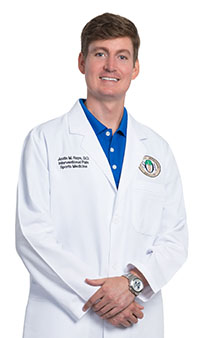-
-
Loading

Loading

Frequent rounds of golf may cause a number of painful conditions from chronic overuse of the muscles and tendons. Back pain resulting from improper form is one of the more common complaints in orthopedics. First and foremost, having a golf pro will help avoid injuries and improve your game. Despite how hard you try, you may fall victim to a back injury just like the golf professionals. When injuries occur there are non-surgical and minimally invasive treatments to alleviate discomfort.
Simply avoiding the exacerbating repetitive task may alleviate pain, however, giving up your golf game is not practical. NSAIDs and RICE (rest, ice, compression, elevate) provide temporary relief but do not necessarily address the primary reason for discomfort.

The key to preventing back injury is working with your golf pro to optimize the mechanics of your swing. Muscle strains can be caused by an over-powerful swing or incorrect weight shift on the follow through, thus causing lower back pain. When this happens, and if the condition is beyond the assistance of RICE and anti inflammatories, there are non-surgical treatments we provide to get you back in the game.
Some of the many options are:

Dr. Justin Raye is a Physical Medicine & Rehabilitation physician with a specialty in Interventional Pain Medicine at Sarasota Orthopedic Associates. While his treatment focus on pain is vast, some of the more common conditions include back/neck pain, herniated discs, sciatica, spinal compression fractures, and sports injuries.